1. Your Cat Is Sleeping More Than Usual
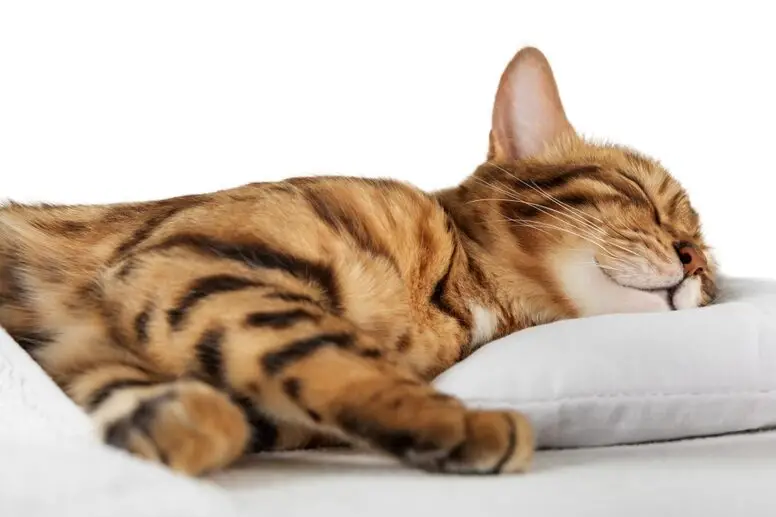
Cats are famous for their love of napping, but there’s a difference between healthy snoozing and excessive sleep. According to PetMD, if your cat is suddenly sleeping much more than usual, it might be a sign that something’s wrong. Depression in cats often leads to lethargy, making them less interested in their surroundings. You might notice that they’re not waking up for meal times or their usual play sessions. This shift in behavior can be their way of shutting out the world, especially if something has recently disrupted their routine. Even subtle changes, like a move or the loss of a companion, can deeply affect their emotional state.
To help your cat, start by creating a calm and stimulating environment. Engage them with toys that mimic prey, such as feather wands or laser pointers. Offer them opportunities to explore new spaces, like a perch by the window to watch birds. Providing a predictable routine with meals and playtime at consistent hours can also comfort them. If they’re still unresponsive, consider consulting a veterinarian to rule out underlying health issues. Cats thrive on routine and attention, so don’t underestimate the power of your presence. Sometimes, just sitting quietly with them can provide the reassurance they need.
2. Your Cat Stops Grooming
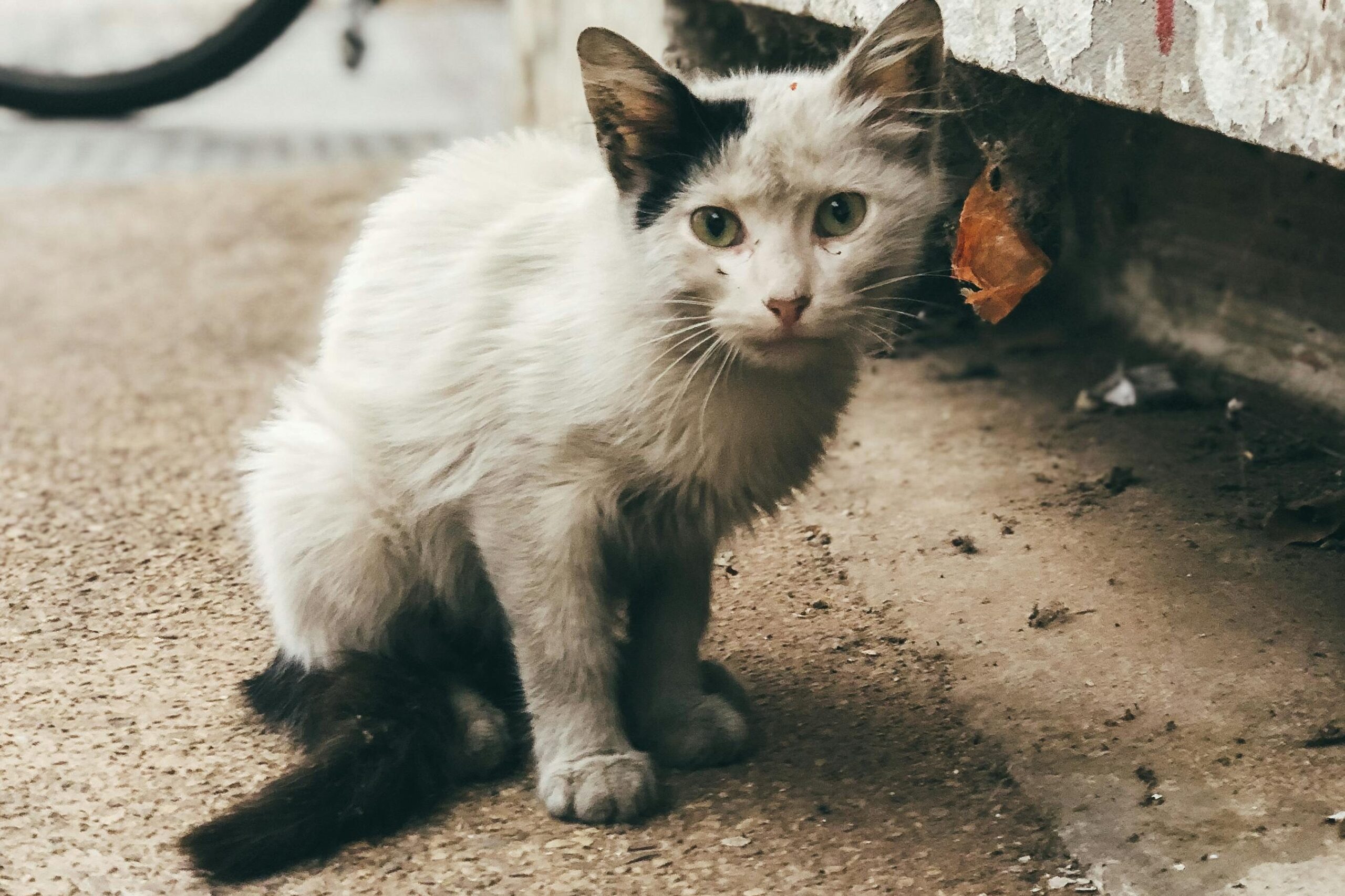
A well-groomed coat is a hallmark of a healthy and happy cat. According to Catster, when your feline stops grooming, it’s a clear indication that they might not be feeling their best. Cats are naturally clean creatures, and neglecting their grooming habits is often a response to stress or sadness. You may notice their fur becoming dull, matted, or greasy. Their paws, ears, and even their tails might appear unkempt, which can lead to other health issues if not addressed. Grooming is not just a physical act for cats; it’s a sign of self-care and emotional well-being.
Help your cat by taking on some of the grooming responsibilities yourself. Use a gentle brush to clean their coat and remove tangles. Many cats enjoy being brushed, and this can also strengthen your bond. Be patient, as some cats may resist at first. Make the experience positive by offering treats and speaking in a soothing tone. If you suspect that your cat’s lack of grooming is tied to deeper emotional distress, a trip to the vet might be necessary. Depression in cats can sometimes be linked to physical ailments, and early intervention is key.
3. They Hide Away More Than Usual
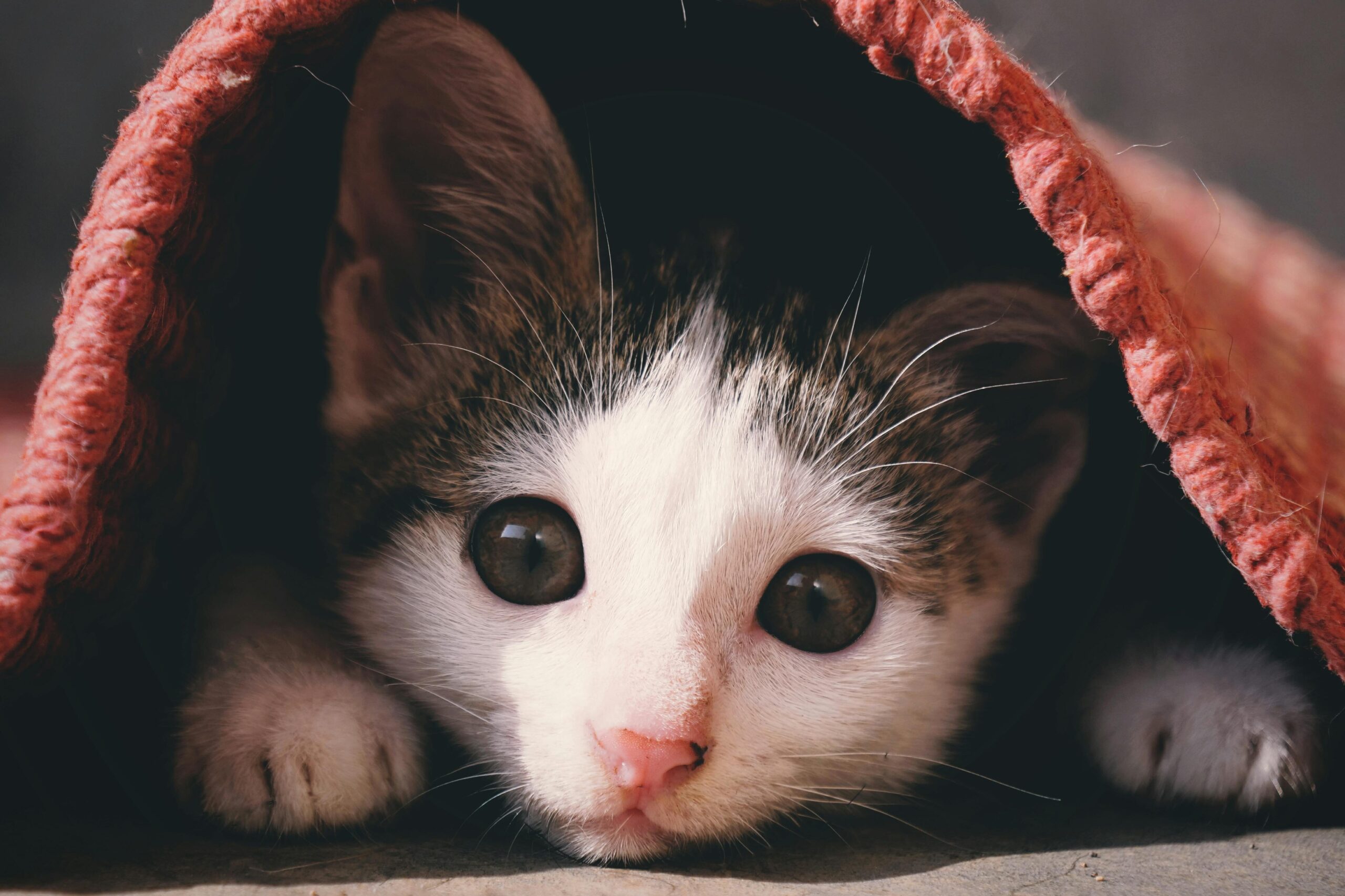
Cats enjoy their private time, but there’s a difference between occasional alone time and constant hiding. If your cat is spending most of their day tucked away in closets, under beds, or in other secluded spots, it could indicate depression. This behavior often stems from stress, fear, or a feeling of insecurity. Changes in their environment, such as new pets, people, or routines, might make them retreat. In their minds, hiding provides a sense of safety, but it also limits their ability to interact and engage with the world around them.
To help, start by making your home feel safe and predictable. Ensure their hiding spots are accessible but not isolating—consider placing a cozy bed or blanket in a quiet area. Use pheromone diffusers to create a calming atmosphere. Spend time near their favorite hiding spots, allowing them to come out on their terms. Engage them with slow, interactive play to gently coax them into feeling secure again. Sometimes, patience and consistency are all they need to regain confidence. If the hiding persists, consulting a professional can help identify any underlying issues.
4. They Seem Lethargic
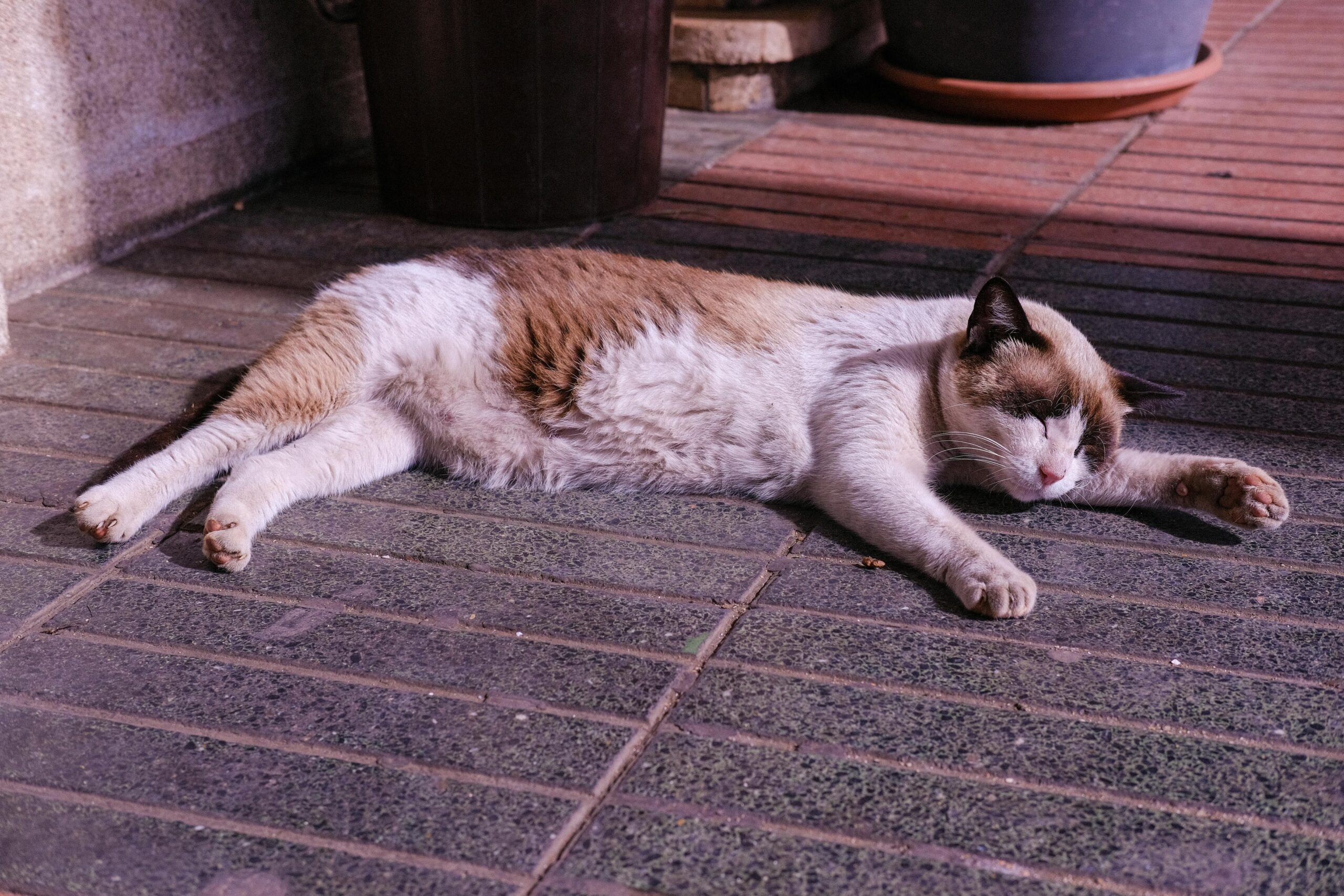
A playful cat suddenly turning into a couch potato might be battling more than just boredom. Lethargy is a common symptom of depression in cats, making them less inclined to explore, play, or even interact. They might stay curled up in one spot for hours, barely responding to stimuli like toys or calls. You may notice that they’re not even excited about meal times, which can be concerning. Depression often zaps their motivation, leaving them uninterested in activities they once loved.
To encourage activity, introduce engaging toys like food puzzles or interactive wands. Sometimes, even small changes, like moving their favorite toy to a different location, can spark curiosity. Set aside time each day for dedicated play sessions to boost their mood. Offering high-value treats can also serve as a motivator to get them moving. If these efforts don’t work, it’s worth consulting a veterinarian to rule out physical health issues. Cats often mask pain or illness with similar behaviors, so professional input can provide clarity.
5. They Lose Interest in Playtime
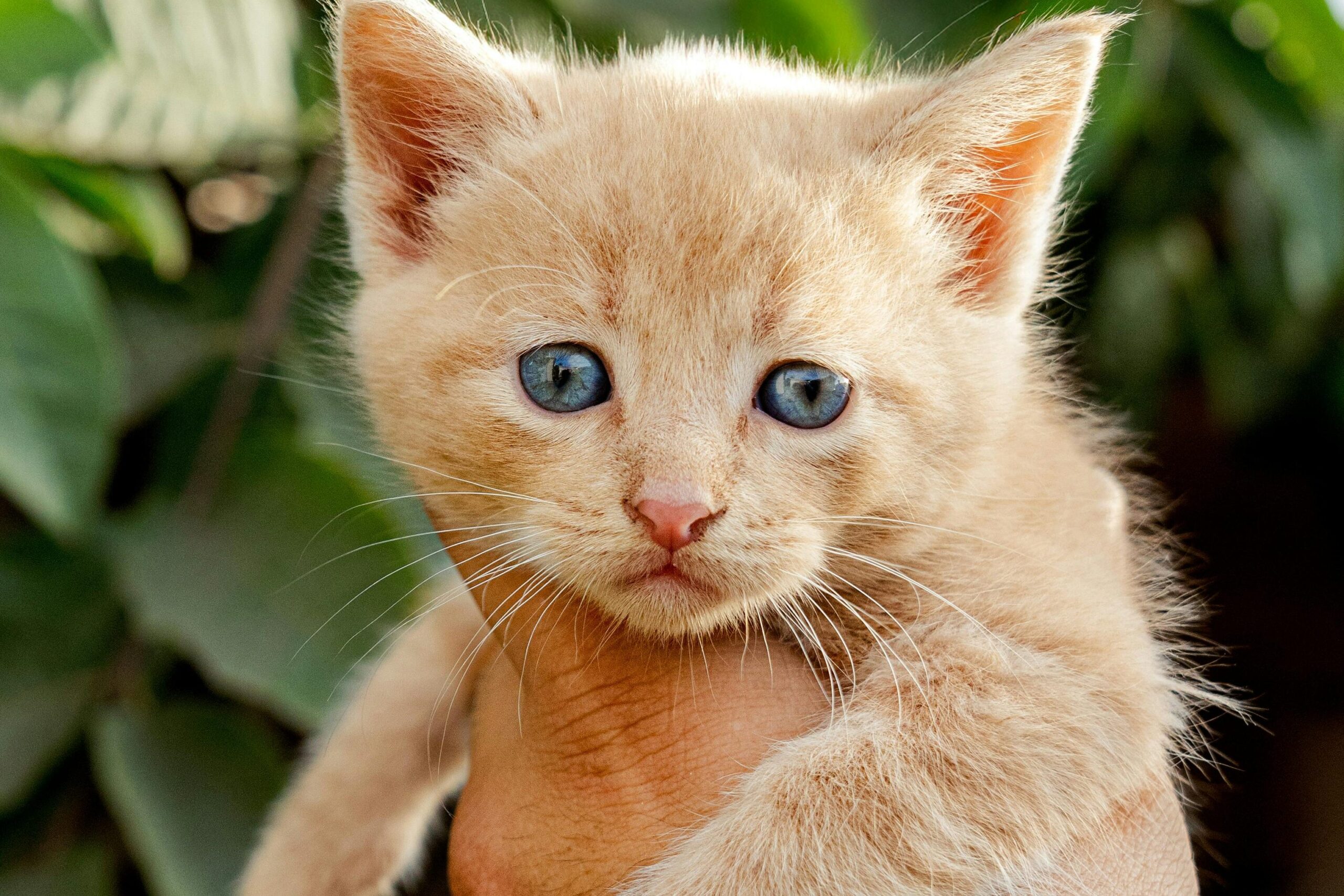
Cats are natural hunters, and playtime is how they express their instincts and energy. If your cat suddenly stops showing interest in their favorite toys or activities, it could be a sign of depression. A cat that once chased laser pointers or pounced on feather wands but now sits idly is likely feeling emotionally or physically drained. This lack of engagement can also stem from boredom or loneliness, especially if their environment hasn’t been stimulating enough. It’s not just about the toys themselves but the bond and interaction that come with play.
To help reignite their interest, rotate toys to keep things fresh and exciting. Introduce new interactive games that require problem-solving, such as food puzzles. Spend quality time playing with them, as your presence can make all the difference. You can also try enriching their environment by adding climbing trees, scratching posts, or window perches to keep them entertained. Cats thrive on routine and engagement, so creating a daily play schedule can help bring back their spark. If they’re still uninterested, a vet visit might be needed to rule out underlying issues like pain or illness.
6. They Stop Eating or Eat Much Less
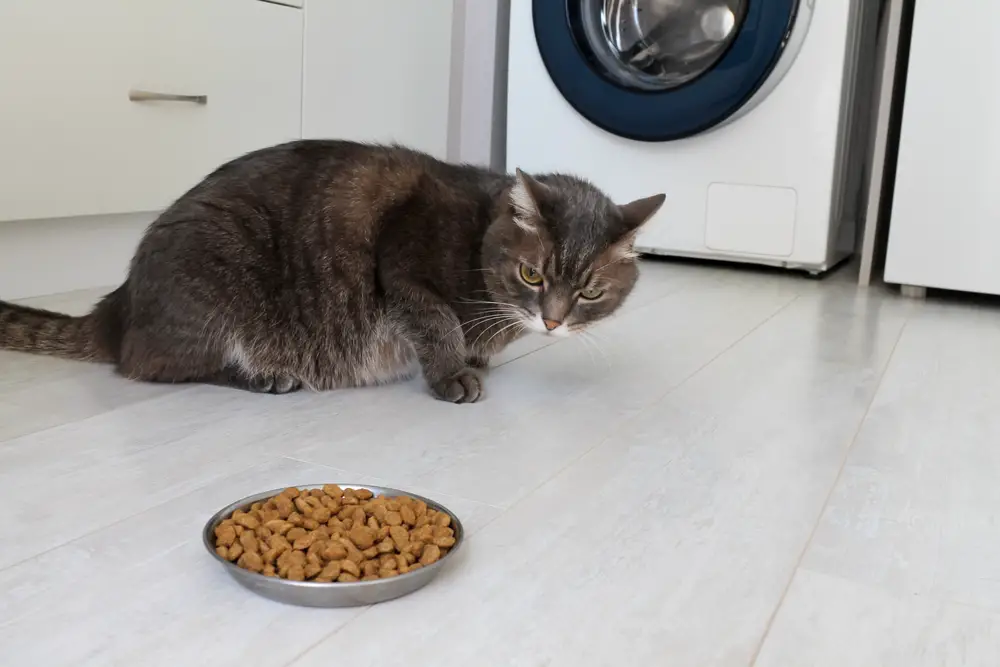
A sudden change in your cat’s eating habits, especially if they’re eating less or refusing food altogether, is a red flag. Depression in cats often manifests as a loss of appetite, making them disinterested even in their favorite meals or treats. You might notice them walking away from their food bowl or eating just enough to survive. This behavior could lead to weight loss and other health complications if left unaddressed. Stressful events like a move, the loss of a companion, or changes in routine often trigger this withdrawal.
To help, first ensure their food area is quiet, clean, and free of disturbances. Experiment with different types of food, such as wet food or warmed-up meals, to make it more appealing. Hand-feeding them small portions can also encourage eating while providing comfort. You could try using puzzle feeders or spreading small treats around the house to make mealtime feel like a fun activity. Monitor their eating habits closely, and if they continue to avoid food, consult a vet. Appetite loss can also be linked to serious health issues, so it’s better to be safe than sorry.
7. They Overeat or Demand Food Constantly
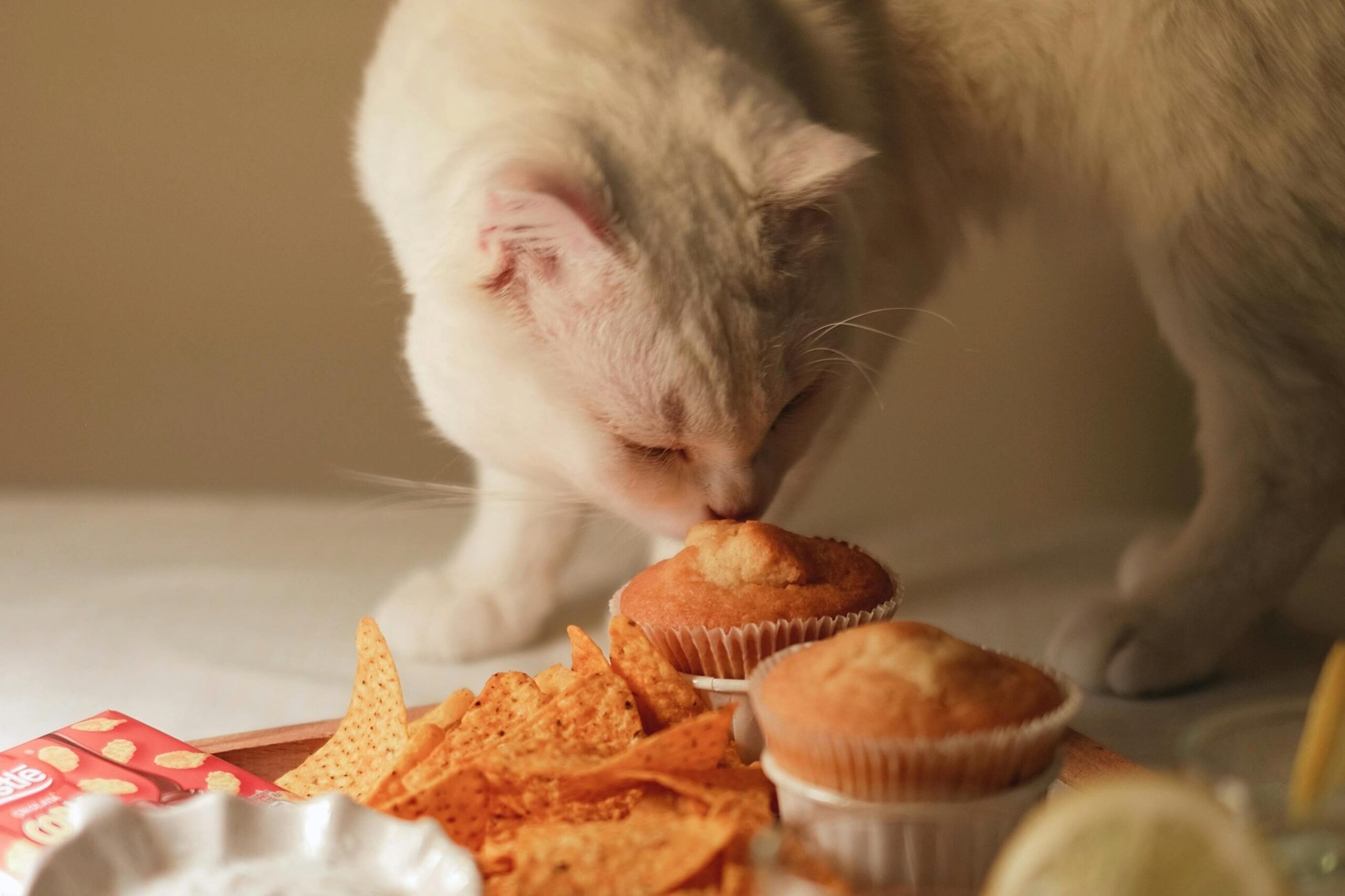
On the flip side, some cats cope with emotional distress by overeating or begging for food more than usual. This behavior can be a form of self-soothing, where eating becomes a way to distract themselves from their sadness. You might notice them finishing their meals quickly and then asking for more, or even trying to sneak food off counters. While it might seem harmless at first, overeating can lead to weight gain and long-term health issues like diabetes or joint problems. Emotional eating in cats is often a response to stress, boredom, or even loneliness.
To manage this, start by maintaining a consistent feeding schedule with appropriate portion sizes. Use interactive feeders to slow down their eating and make mealtime more mentally stimulating. Spend more time playing and bonding with them to fill the emotional void that food might be replacing. Keep high-calorie snacks out of reach and avoid giving in to their demands for extra food. If overeating persists, consider consulting a vet to rule out medical issues like hyperthyroidism or parasites. Emotional support and a balanced diet go hand in hand for a healthy and happy cat.
8. They Vocalize More Than Usual
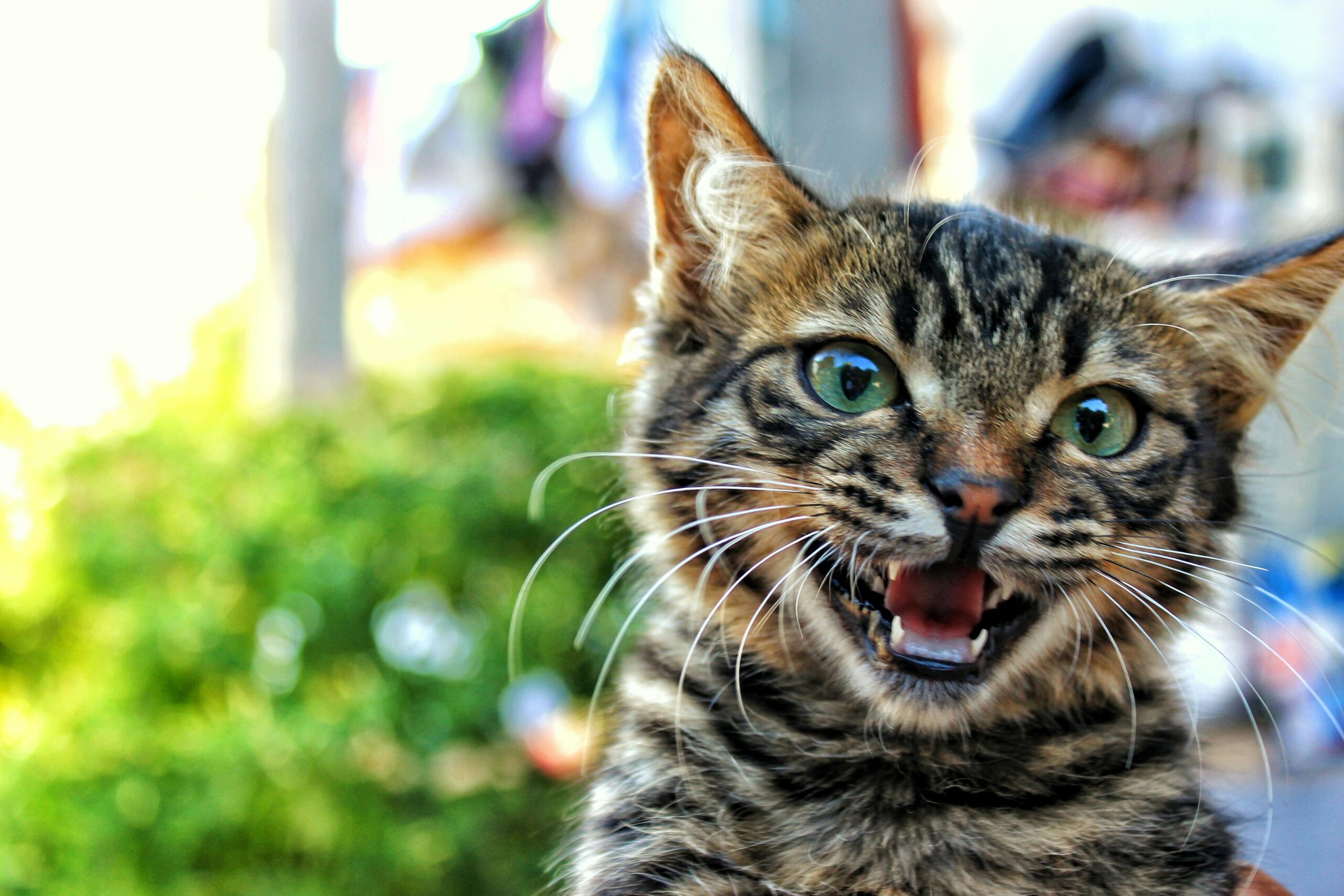
If your cat has become unusually vocal, constantly meowing, yowling, or crying, it might be trying to communicate its distress. Increased vocalization is a common sign of emotional turmoil, especially in cats that feel lonely, anxious, or out of sorts. You may notice their meows sounding more urgent or plaintive than usual. They might follow you around the house, crying for attention, or vocalize at night when the world is quiet. This behavior could stem from a variety of issues, from missing a companion to feeling unsettled by changes in their environment.
To help, start by paying attention to their triggers and responding with patience and care. Spend more time with them, offering cuddles and reassurance when they vocalize. Engage them with activities that focus their energy elsewhere, like interactive toys or climbing towers. If their meowing seems tied to a specific need, such as hunger or discomfort, address it promptly. Avoid scolding them, as this can heighten their stress and make things worse. Persistent vocalization might warrant a vet visit to rule out pain or medical conditions like hyperthyroidism. Cats often express what they can’t explain, so listening to them is key.
9. They Become Clingy or Needy

On the flip side, some cats respond to emotional distress by becoming excessively clingy. If your independent feline suddenly follows you everywhere, demands constant attention, or insists on being held, they might be feeling insecure or anxious. This behavior often stems from changes in their routine, the loss of a companion, or separation anxiety. While it might feel sweet to have them glued to you, it’s also a sign that they’re seeking comfort and reassurance.
To help, maintain a consistent daily routine that includes quality time with your cat. Provide plenty of affection, but also encourage them to explore and engage with their surroundings independently. Interactive toys and puzzle feeders can help redirect their focus while boosting their confidence. Make sure they have cozy, private spaces where they can retreat and feel secure when you’re not around. Over time, they’ll regain a sense of stability and balance in their emotions. If the clinginess persists, consider seeking advice from a vet or animal behaviorist to ensure they’re not struggling with deeper issues.
10. They Can Overgroom
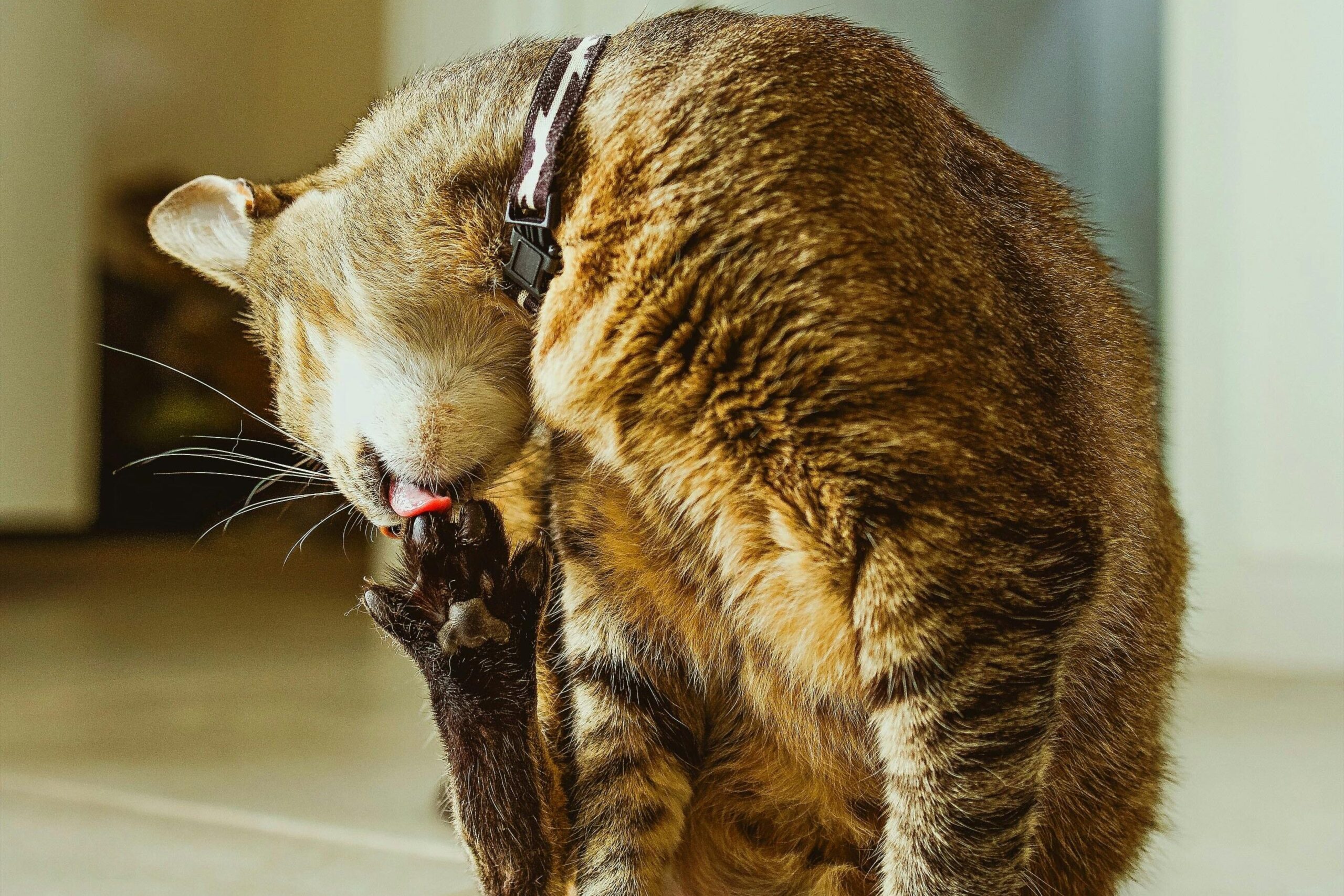
Grooming is an essential part of a cat’s routine, and any significant changes in this behavior can be a red flag. A depressed cat might stop grooming altogether, leading to a dull, matted coat. On the other hand, they might overgroom, obsessively licking or biting their fur until bald patches or sores appear. Both behaviors can signal emotional distress, boredom, or even physical discomfort. A lack of grooming often indicates a loss of interest in self-care, while overgrooming can act as a coping mechanism for stress.
To help, observe their grooming habits and address any noticeable changes immediately. For cats that have stopped grooming, gently brush their coat to keep them clean and comfortable. For overgroomers, consider using calming sprays or diffusers to reduce stress in their environment. Enrich their surroundings with new toys, scratching posts, and climbing areas to distract them from compulsive behaviors. Pay close attention to triggers, such as new pets or household changes, and work to minimize stressors. If grooming issues persist, consult a vet to rule out skin conditions or other medical problems. Grooming isn’t just about appearance—it’s a window into their emotional health.
11. They Start Showing Aggression
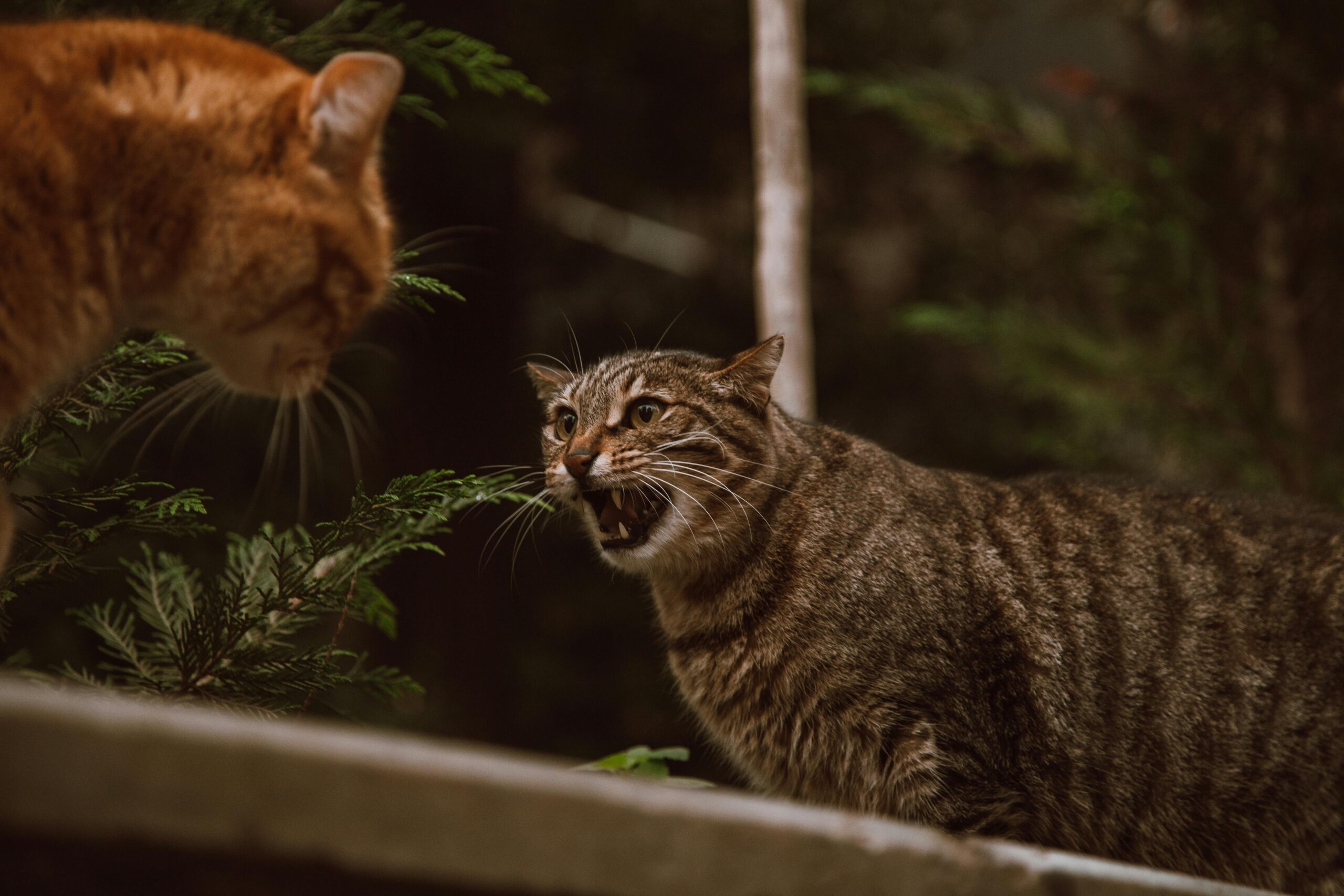
Cats can become unusually aggressive when they’re feeling depressed or stressed. This might manifest as hissing, swatting, or biting, even toward people or pets they usually get along with. The aggression can stem from frustration, fear, or an inability to express their emotions in other ways. Changes in their environment, such as moving to a new home or a new pet, can trigger this behavior. While it’s natural to feel hurt or confused by their aggression, remember that it’s often a sign they’re struggling.
To help, first identify and remove any triggers that could be causing their stress. Ensure they have plenty of space and privacy to retreat to when they feel overwhelmed. Engage them in play sessions to redirect their energy and release pent-up frustration. Use positive reinforcement, like treats and affection, to encourage calm behavior. Avoid punishing them, as this can worsen their aggression and damage your bond. If the aggression persists, consult a vet or animal behaviorist to explore potential medical or psychological causes. Patience and understanding will go a long way in helping them regain their sense of security.
12. They Vocalize Excessively or Become Silent
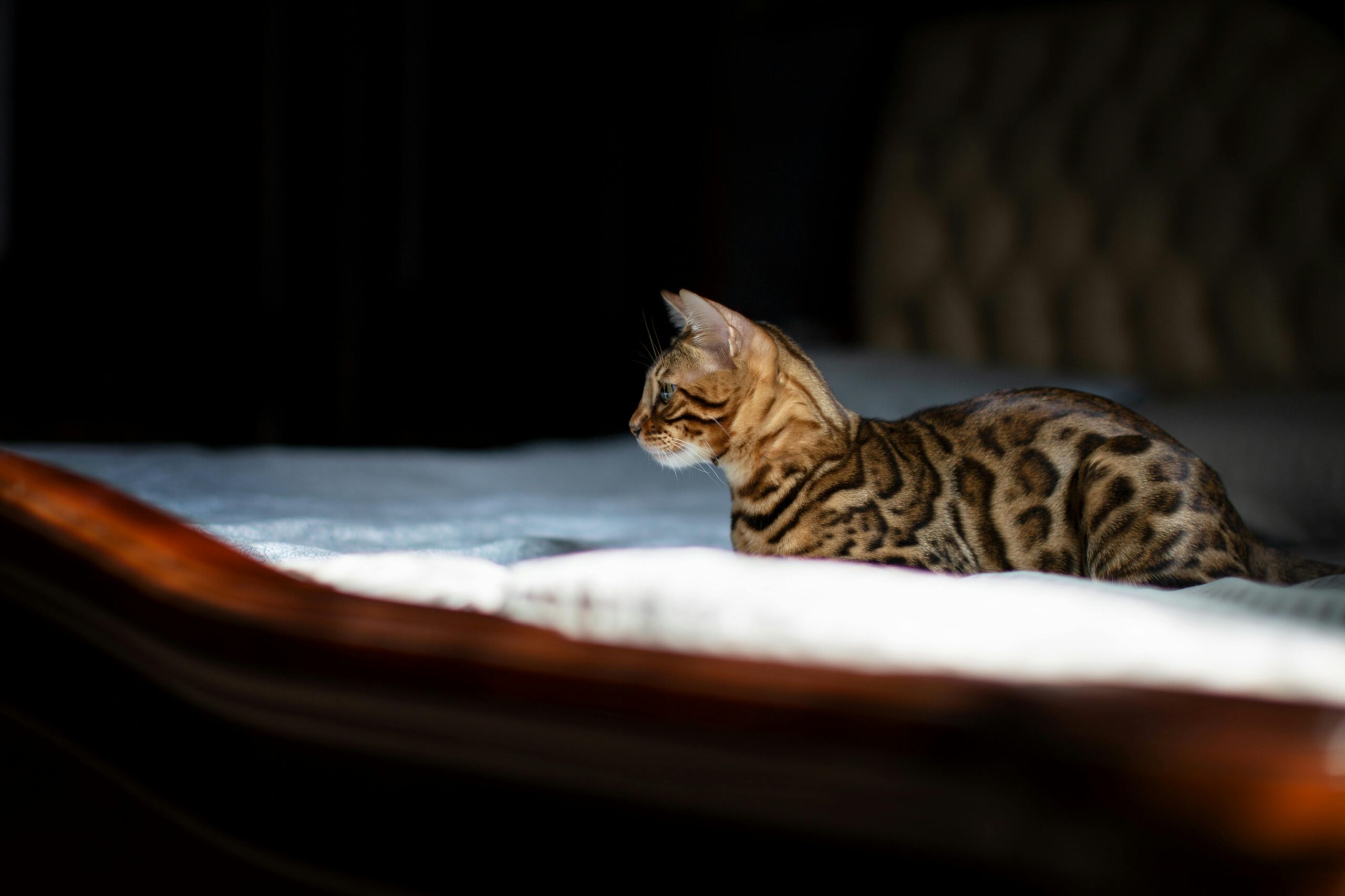
A change in vocalization can be another clue that your cat isn’t feeling their best. Some cats may begin meowing excessively, especially at night, as a way to express loneliness or discomfort. Others may go completely silent, withdrawing from interactions altogether. These changes can be subtle but significant, as cats often use vocalizations to communicate their needs and feelings.
If your cat is meowing more than usual, try spending more time with them to see if they’re seeking attention or comfort. For quieter cats, create opportunities for gentle interactions, like brushing or playtime, to help them feel more engaged. Consider whether there have been any recent changes in their routine or environment that could be affecting them. A consistent daily schedule can help restore their sense of stability and reduce vocal-related anxiety. Persistent changes in vocalization should prompt a visit to the vet to rule out underlying health issues like thyroid problems or pain. Listening to your cat’s voice—or lack thereof—can reveal a lot about their emotional state.
13. They Lose Interest in Their Favorite Spots
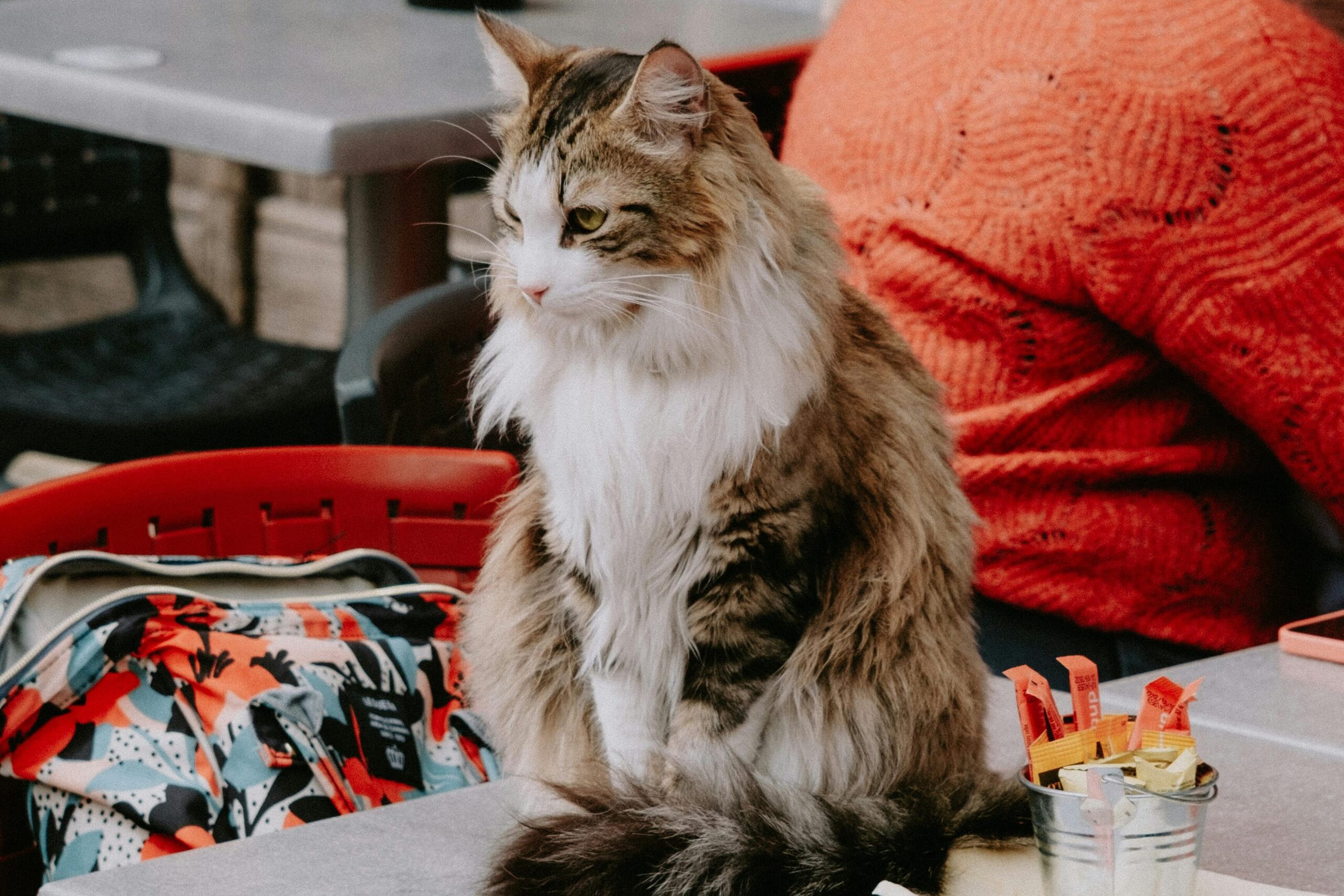
Cats are creatures of habit, often gravitating toward their favorite napping spots or windowsills for hours of relaxation. When a cat stops spending time in their usual haunts, it could signal depression or discomfort. They might avoid these areas due to stress, fear, or a change in their mood. It’s a small but telling behavior shift that indicates they no longer find comfort in their familiar spaces.
To address this, make these spots as inviting as possible with fresh blankets, toys, or treats. Ensure the area is quiet, safe, and free from any potential stressors, like loud noises or other pets. You can also introduce new cozy nooks or cat trees to rekindle their interest in exploring their surroundings. Spending quality time with them in these areas, like petting or playing, can also help restore positive associations. If they still avoid their favorite spots, monitor for other behavioral changes that might provide additional clues about their state of mind. Sometimes, a little environmental adjustment is all it takes to bring back their sense of comfort.
14. They Stop Using the Litter Box Properly
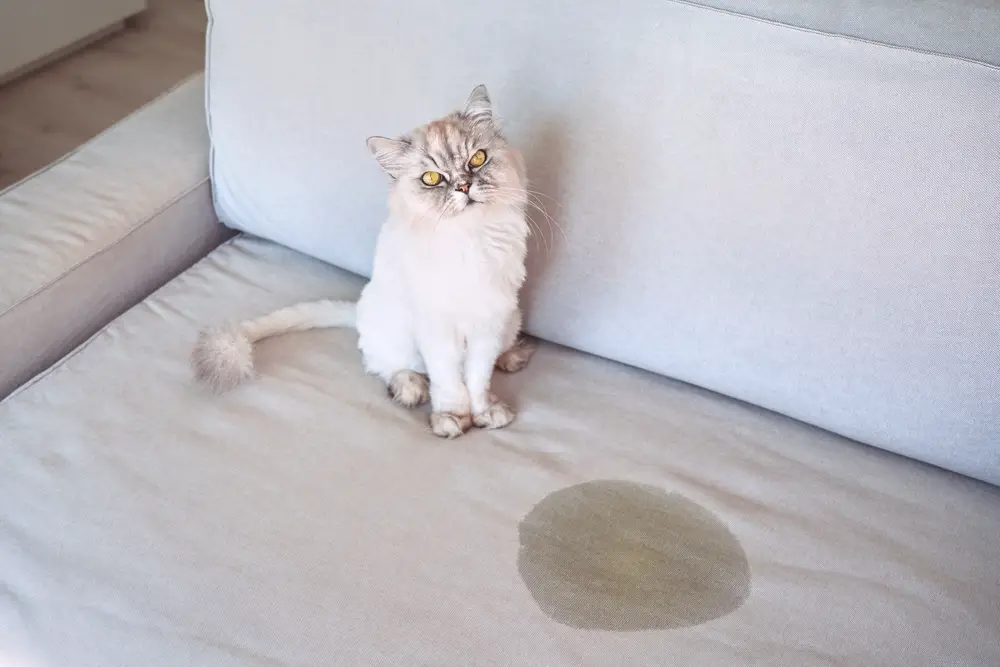
One of the most frustrating signs of a depressed cat is a sudden refusal to use the litter box. This behavior can stem from emotional distress, physical discomfort, or changes in their environment. A cat might associate the litter box with something negative, such as pain from a urinary issue or stress caused by its location. Alternatively, they might be marking territory as a response to insecurity or changes in their home dynamics.
To help, first rule out any medical issues by consulting a vet. If the problem is emotional, try relocating the litter box to a quieter, more accessible spot. Ensure the box is clean and use a type of litter they’re comfortable with. Adding a second litter box in a different area can also help, especially in multi-cat households. Address any changes that might be contributing to their stress, such as new pets or disruptions in routine. With patience and consistency, you can help your cat regain their litter box habits and feel more at ease.


